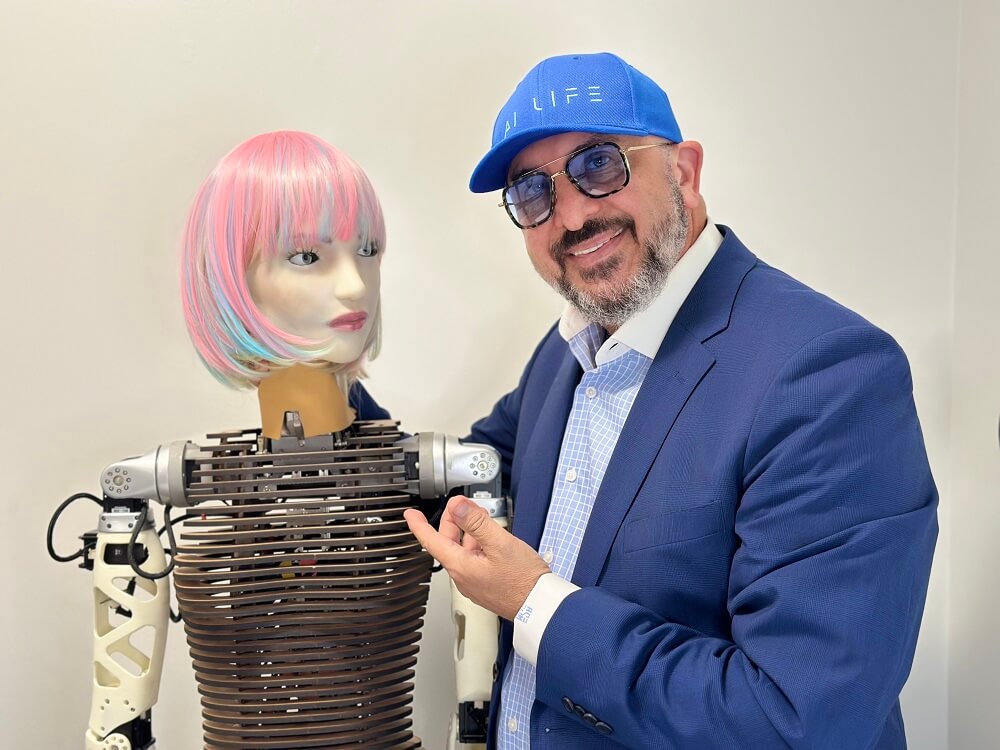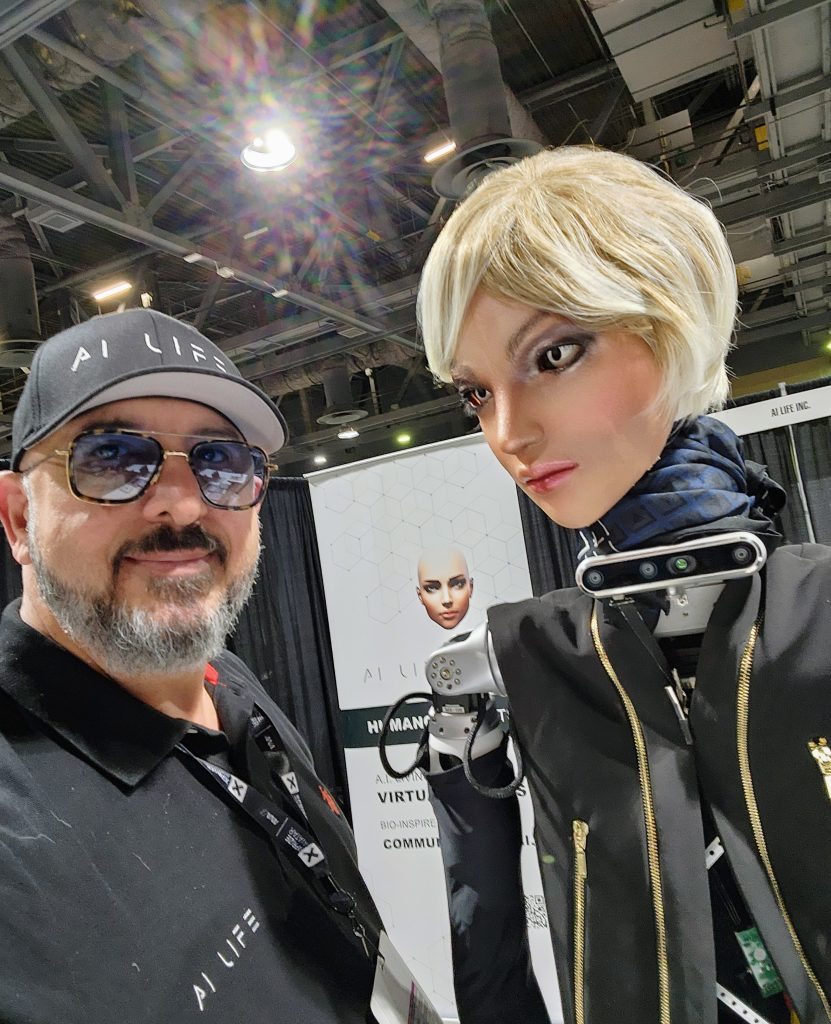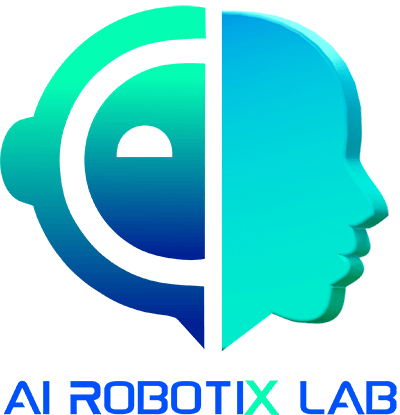In recent years, advancements in artificial intelligence and computer vision have paved the way for the emergence of social robots. These robots, equipped with sensors, cameras, microphones, and cutting-edge AI technology, are designed to interact with humans in ways that mimic human social behavior.

What Is a Social Robot?
Social robots are a fascinating fusion of technology and human-like interaction. They come in various forms, from humanoid robots to interactive displays. These robots can read facial expressions, and respond to touch, sounds, and visual cues, making them highly versatile companions.

How Are Social Robots Used?
Social robots serve diverse roles in society. They provide companionship and emotional support, assist in childhood development, aid in therapy for individuals with dementia, and even work as concierges in hospitality settings.
The Future of Social Robots
As technology continues to evolve, so will the capabilities of social robots. However, understanding human-robot interaction and managing expectations remain crucial challenges. Design and artificial intelligence will play pivotal roles in shaping the future of these robots.
XOIE and “AI Life”: Pioneers in Social Humanoid Robotics
In the realm of social humanoid robotics, XOIE, developed by “AI Life,” stands out as a revolutionary creation. XOIE represents the culmination of years of research and innovation, embodying the forefront of human-robot interaction technology.
With her ultra-realistic appearance, advanced sensory capabilities, and sophisticated artificial intelligence algorithms, XOIE transcends traditional notions of robotics. She can autonomously engage in conversations, interpret human emotions, and respond with empathy and understanding.
“AI Life,” led by visionary CEO and Co-founder Anoush Sadegh, has been instrumental in pushing the boundaries of social robotics. Their tireless dedication to innovation and their commitment to creating robots that enrich human lives have positioned them as leaders in the field.

XOIE’s potential applications are vast and varied. From serving as a companion for the elderly to assisting children with autism in social skills development, XOIE embodies the future of human-robot interaction. Her ability to adapt to different contexts and seamlessly integrate into various environments makes her a versatile asset in sectors such as healthcare, education, and entertainment.
Anoush Sadegh envisions a future where XOIE and other social humanoid robots play integral roles in enhancing human well-being and environmental sustainability. Through “AI Life’s” continued research and development efforts, they aim to realize this vision and usher in a new era of harmonious coexistence between humans and robots.
As pioneers in the field of social humanoid robotics, XOIE and “AI Life” are not only shaping the future of technology but also redefining what it means to be truly human in an increasingly automated world.
Original Article by Jacob Biba, Updated by Brennan Whitfield.

